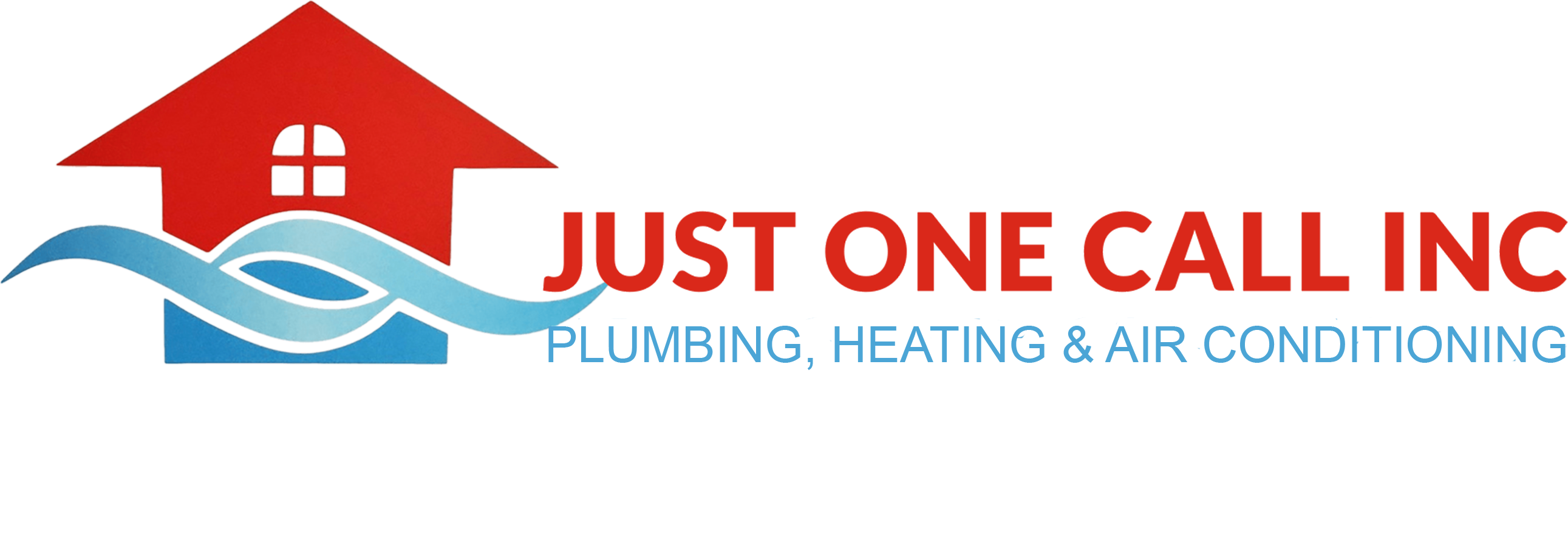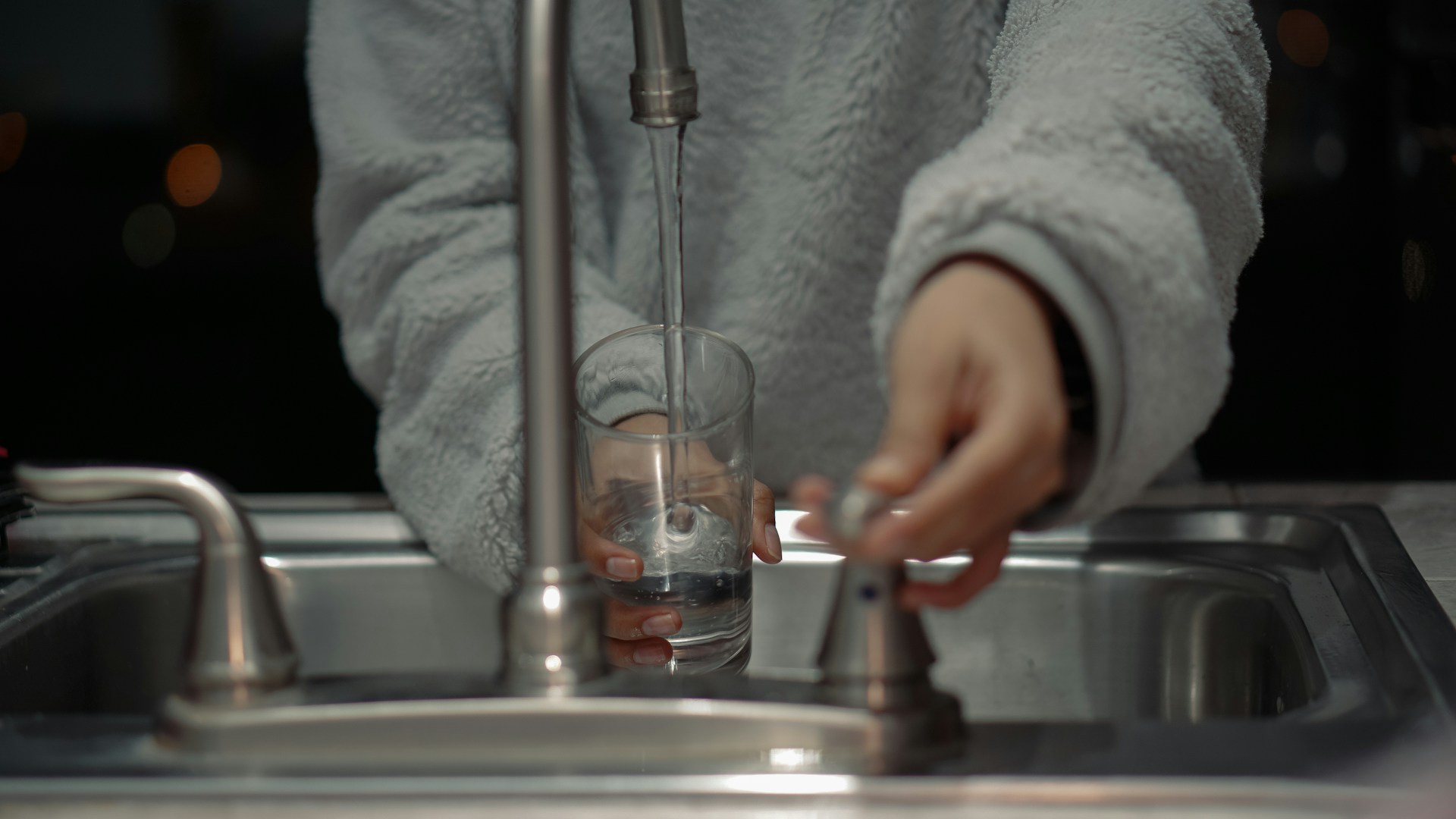Water softeners play an important role in providing comfortable living conditions in Sherman Oaks homes. These systems help reduce the impact of hard water by removing minerals like calcium and magnesium, which can cause scale buildup in pipes and appliances. This not only helps in extending the lifespan of plumbing systems and home appliances but also improves the efficiency of soaps and detergents. For residents, having a water softener that operates smoothly is crucial to avoid common issues associated with hard water, such as dry skin, soap scum, and reduced water pressure.
However, like any other system in your home, water softeners can encounter problems. Some homeowners in Sherman Oaks may experience issues like decreased softening effectiveness, unusual noises, or higher maintenance needs. Recognizing these problems early can save time and prevent further complications. This article delves into some typical water softener issues, their underlying causes, and how to address them effectively, ensuring your home water system works seamlessly.
Understanding the Basics of Water Softeners
The core function of a water softener is to eliminate the minerals that make water hard, using a process called ion exchange. Inside a typical water softener, you’ll find resin beads that attract and trap calcium and magnesium ions. As hard water passes through the system, these minerals are exchanged for sodium ions, resulting in softened water that is gentle on your home’s plumbing and appliances.
Regular maintenance of your water softener ensures it performs optimally. Over time, resin beads can become less effective, and salt levels might deplete without routine checks, leading to decreased softening power. Regularly inspecting and managing these components helps maintain water quality and the longevity of the system.
Common Problems with Water Softeners in Sherman Oaks
1. Mineral Buildup
– Mineral buildup is a common issue, especially in areas with high water hardness. This buildup can clog the system, reducing its efficiency and causing water flow issues. Regular cleaning of the resin tank helps prevent this.
2. Salt Bridging and Mushing
– Salt bridging occurs when a hard crust forms in the brine tank, preventing it from dissolving properly. This can lead to ineffective regeneration cycles and a decrease in performance. Breaking up the salt bridge with a stick or broom handle and ensuring the tank is kept half-full can help.
3. Resin Degradation
– Over time, the resin beads inside the softener may wear out, reducing their ability to soften water effectively. If you notice a change in water softness, it might be time to replace the resin.
4. Motor or Valve Issues
– A malfunctioning motor or valve can cause the system to fail in regenerating properly, leading to hard water. Regular inspection and servicing can catch these issues before they escalate.
By understanding these common problems and taking preventive measures, Sherman Oaks homeowners can ensure their water softeners are always in top condition. More importantly, addressing these issues sooner rather than later often helps avoid expensive repairs and replacements.
Troubleshooting Water Softener Problems
Detecting water softener issues early can prevent bigger headaches down the road. Homeowners in Sherman Oaks should stay alert for common signs of malfunction. Here are a few indicators:
– Cloudy water or mineral stains, which hint at ineffective softening
– Less luxurious soap lather, suggesting hard water presence
– Strange noises from the unit, indicating mechanical issues
Addressing these symptoms requires a methodical approach. Begin by checking the salt level in the brine tank. If it’s low, refill to ensure proper regeneration. Next, inspect for salt bridging by gently poking the top of the salt to break any solid crust formations. If the system continues to perform poorly, consider tackling resin bead issues by regenerating the system to refresh its softening ability. Despite best efforts, some problems might need professional intervention. If repairs or replacements are necessary, consulting our technicians can guarantee your unit gets back to working order promptly and safely.
Preventive Measures and Maintenance Tips
A proactive maintenance routine can keep your water softener functioning smoothly and prevent long-term issues. Here are some simple yet effective measures to follow:
1. Regular Cleaning: Flush the brine tank every few months and clean the resin tank with manufacturer-approved cleaners.
2. Proper Salt Usage: Use high-quality salt specifically made for water softeners. Avoid using rock salt, which can contain impurities.
3. Scheduled Inspections: Perform routine checks on the system for blockages, leaks, or unusual noises and address them immediately.
Maintaining these practices not only extends the life of your water softener but also ensures optimal water quality for your home, protecting your plumbing and appliances from the harmful effects of hard water.
Keeping Your Water Softener Running Smoothly for Years to Come
Consistent care and attention to your water softener can ward off many common issues homeowners in Sherman Oaks face. By understanding how your system operates and staying vigilant about potential problems, you can keep your water softener in good shape. Regular maintenance and timely troubleshooting ensure your home continues to benefit from soft, mineral-free water.
Being proactive reduces the risk of costly repairs and system failures, making your home’s water not only cleaner and more efficient but also more pleasant for everyday use. If you’re ever in doubt about your water softener’s performance or need expert advice, remember that maintaining an expert resource in Sherman Oaks can make all the difference in keeping your system trouble-free.
When it comes to keeping your water softener running smoothly in Sherman Oaks, regular professional upkeep is a wise investment. Learn more about our water softener in Sherman Oaks to discover how simple maintenance can prevent common issues and extend the life of your system. For a quick estimate or to book a service visit, please contact us today.

